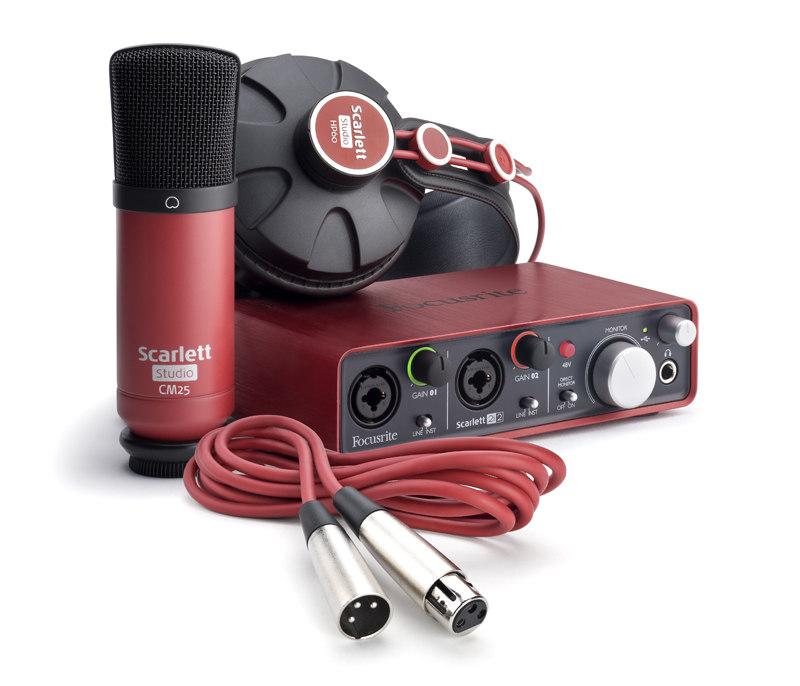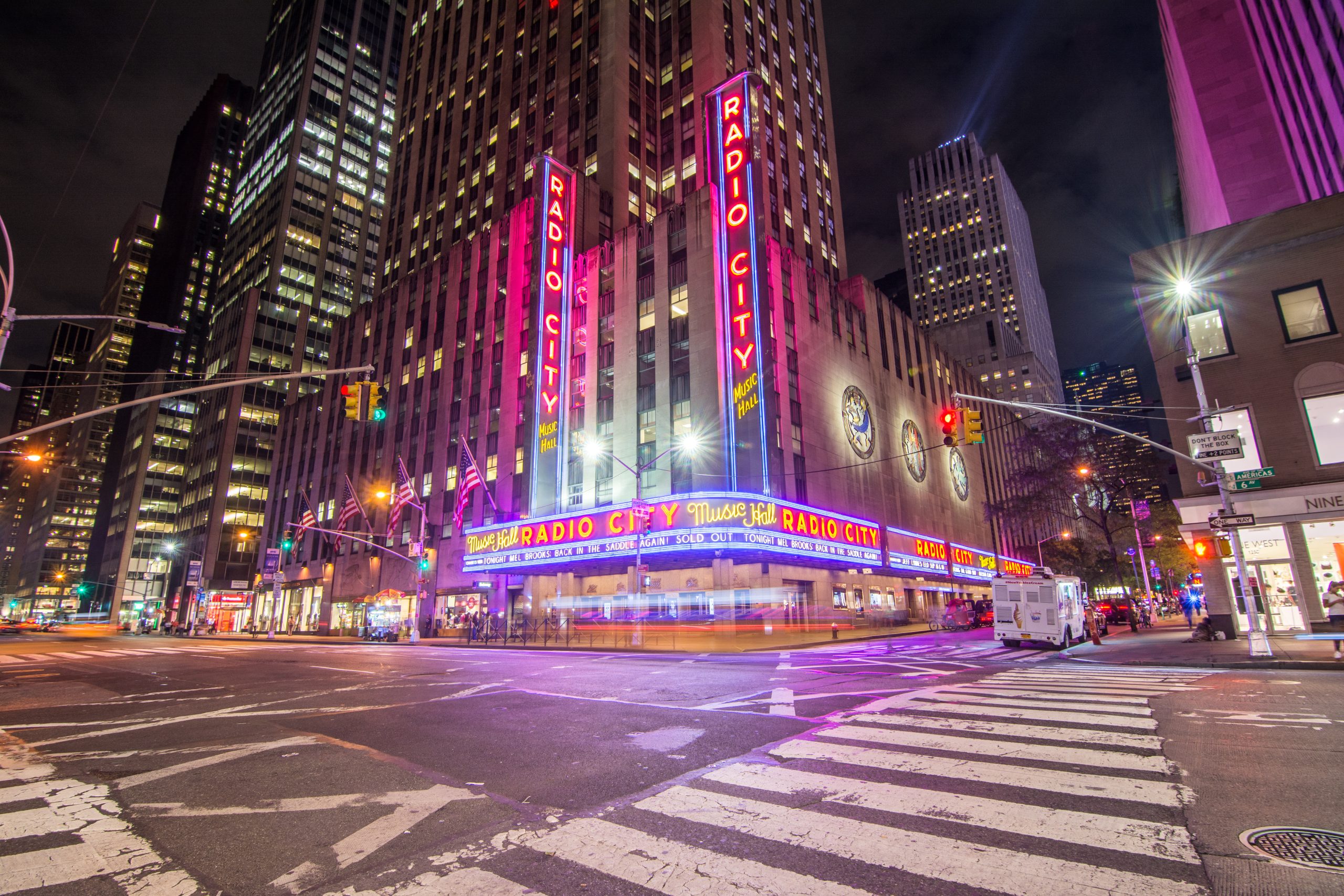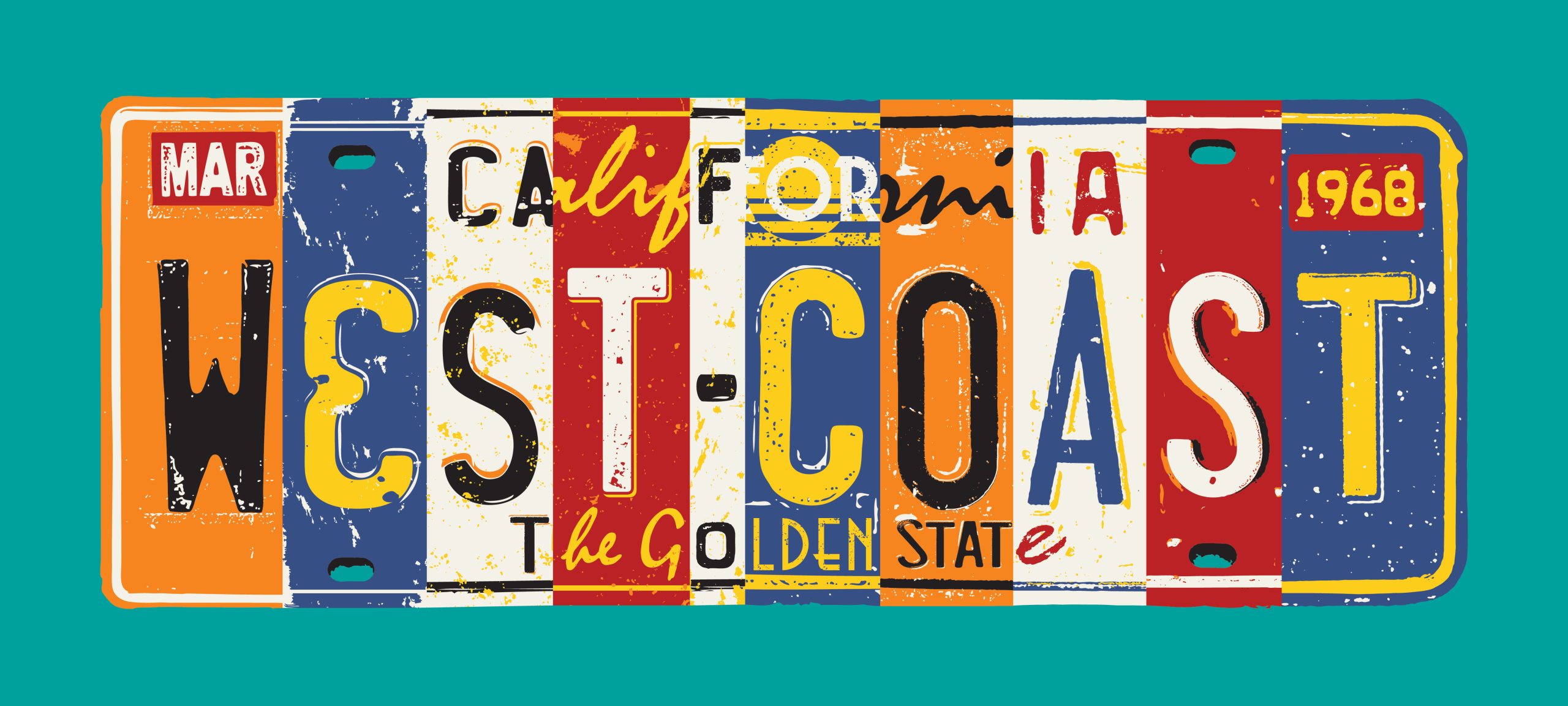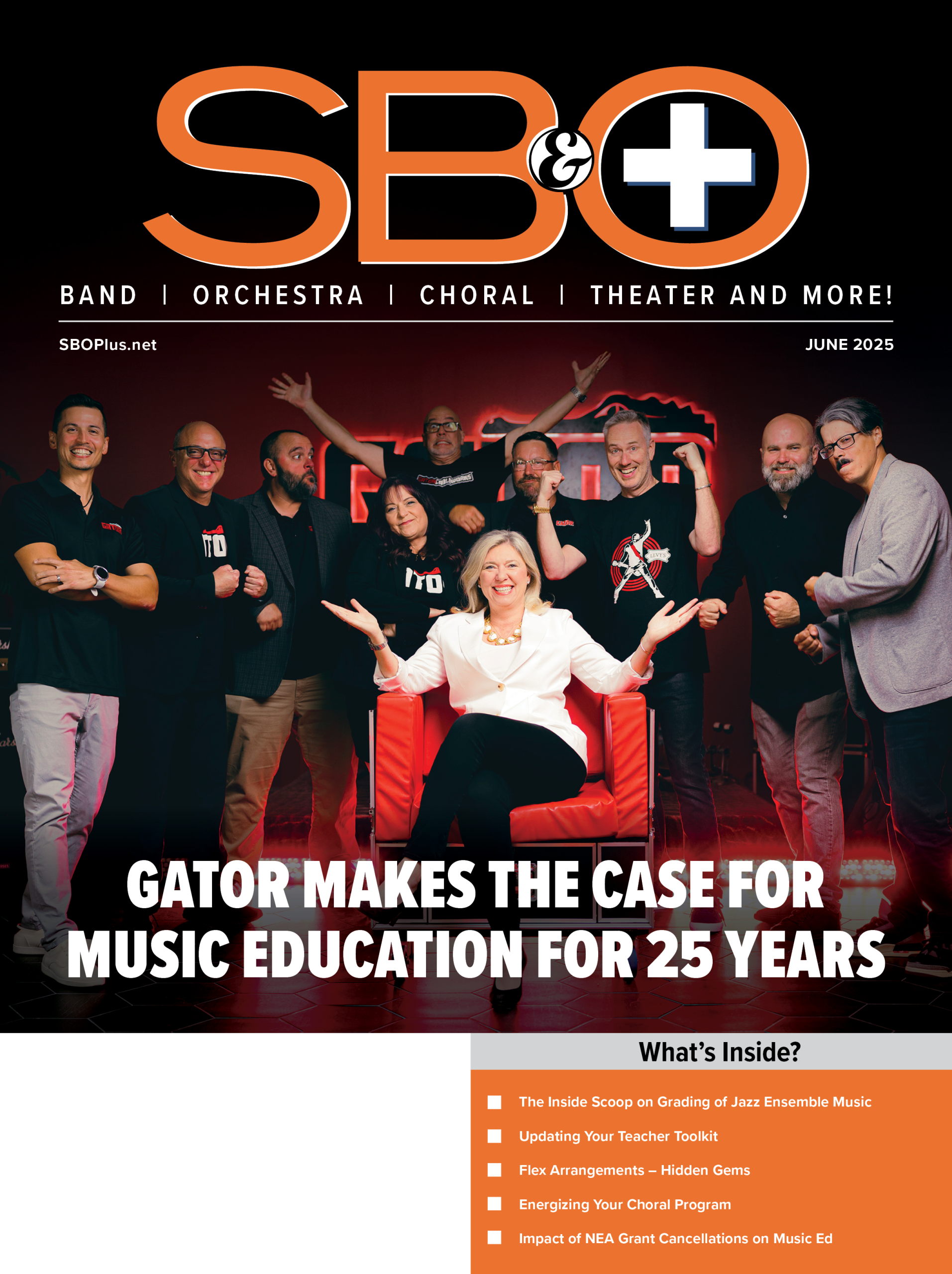Making a Case for the Bass… Saxophone

The Bass Sax Throughout History
While many are unaware of this fact, the saxophone was originally conceived as a low-voiced instrument. The available winds that filled the role in the early 19th century, the serpent and the ophicleide, were considered inferior in both tone and intonation. Adolphe Sax’s prototype (a bass voice in B-flat, just like the modern instrument), however, was judged by such a figure as Hector Berlioz to be “the most beautiful low voice known to this day.” [i]
As Sax’s instruments were further developed throughout the coming decades, more voices were added to the instrumental family, including the familiar sopranos, altos, tenors, and baritones of today. However, the bass continued to be an integral member of the saxophone section, being incorporated into bands and orchestras throughout Europe and North America. In fact, some of the most famous American bands of the era utilized the instrument prominently.
Patrick Gilmore, one of the first bandmasters to fully incorporate saxophones into his ensembles, utilized a bass saxophone by the 1880s. [ii] Following in his footsteps, the great John Philip Sousa regularly used the instrument in his civilian band, [iii] later indicating that he felt the instrument to be an integral and entirely necessary component of his group’s instrumentation. In addition, Sousa utilized the bass in one of the more interesting side-ensembles associated with his act, the “Saxophone Corps.” The Corps was a saxophone ensemble (at first a sextet and later an octet) that performed encores during Sousa Band concerts of the 1910s and ‘20s. [v]
The bass saxophone also found its way into the symphony orchestra, its originally intended home. Despite the invention and adoption of the tuba, the former instrument still filled a much-needed want among composers for a low woodwind voice with more power, dynamic range, and tonal flexibility than the bassoon or bass clarinet. Such disparate composers as Puccini, [vi] Grainger, [vii] and Schoenberg [viii] included important parts for the bass saxophone in their scores in the first hundred years of the instrument’s life.

As a result of many of the above precedents, the bass saxophone quickly found its way into the burgeoning college and grade school bands of the early twentieth century. For example, the National Solo and Ensemble Contest, held under the aegis of the National Band Contest from 1930 to 1937, [xi] included competitions for both saxophone quartets and saxophone sextets. [xii] The instrumentation of the sextets was to include two altos, two tenors, one baritone, and one bass.[xiii] Interestingly, this is the same configuration as Sousa’s earlier “Saxophone Corps” sextet, showing the influence of the bass’s use in professional groups. [xiv]
The bass saxophone made an early appearance in collegiate bands, as the University of Illinois’s Albert Austin Harding (one of the earliest college band directors) utilized one prominently in his huge symphonic band. [xv] Likewise, Harding’s famous successor at Illinois, Mark Hindsley, also believed that the instrument made a positive impact to the sound of the band. [xvi] Many other college bands soon followed suit.
Several lists of standard or recommended instrumentation for school and collegiate bands included the bass as a necessary voice throughout the first half of the twentieth century. In 1943, the National High School Band Association included the instrument in its recommended instrumentation for “Class A” high school bands (the largest ensembles included in its considerations). [xvii] Likewise, a College Band Directors’ National Association conference report on band repertoire and instrumentation from December 1960 identified the bass saxophone as a highly desirable component in standard band scoring [xviii] for its “agility and weighty, warm tone color.” [xix]
Much standard literature for the concert band or wind ensemble utilizes the bass saxophone. Bands without the instrument today must substitute for the missing part or miss out on the important, unique sonority provided by the instrument. Just a sample of the seminal scores that call for it include the Holst First Suite [xx] and Second Suite, [xxi] the Vaughn Williams Folk Song Suite, [xxii] the Grainger Lincolnshire Posy, [xxiii] and Husa’s Music for Prague (1968). [xxiv]
The bass saxophone continued to appear in jazz ensembles and solo recordings throughout the twentieth century, into today. Stan Kenton utilized a bass saxophone in his acclaimed “Mellophonium Orchestra” of the early 1960s. [xxv] Other experimental or progressive jazz bands and players utilized the instrument, as well.
The Bass Sax Today

To show that the bass saxophone is still an instrument full of promise, instead of an item relegated to the past, the saxophonist Colin Stetson serves as a wonderful example. Trained as both a classical and jazz performer, his career has included recordings and tours with many of the world’s most adventurous popular musicians, including Arcade Fire, TV on the Radio, The National, LCD Soundsystem, David Byrne, and Lou Reed. In his own solo records, however, Stetson utilizes contemporary, avant-garde performance techniques on the bass saxophone to create otherwordly, beautiful, and visceral independent popular music. [xxix]
All of the aforementioned examples and historical precedents are offered in the simple hope that people will once again take a look at the incredible instrument that is the bass saxophone. Through its gradual reintegration into the collective knowledge of our country’s music educators, we can once again rediscover its potential, from wind ensembles to saxophone ensembles to every other style and genre. We’ll be rediscovering what Berlioz rightly called “the most beautiful low voice…” [xxx]
Dr. Andrew J. Allen is an assistant professor of Music at Midwestern State University in Wichita Falls, Texas. He has commissioned more than a dozen new works for the saxophone and has performed throughout the United States and Great Britain. He holds degrees in music education and saxophone performance from Tennessee Tech University, Central Michigan University, and the University of South Carolina.




























